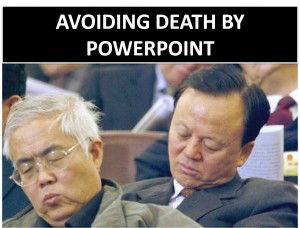Well, here's another dose of dynamic material that can really hype up our upcoming presentations. Take a look at the photos to the right. Cool, huh? Click here for the other two.
What exactly do these four photos show? That the passage of time hasn't really altered much. What was there in the past is more or less present now.
It's this type of cosmic awareness that really enables an Ekantik Bhakta to maintain equality amidst the panchvishays.
While we might be enamored by how attractive something looks now be it cars, clothes, or straight cash, the Ekantik Bhakta enlightenment reveals the true nature of all these things to be material and simplistic.
And now the icing on the cake, a prasang that makes this example concrete and brings the point home.
Once while in New York, some of us yuvaks and devotees went to see the Empire State Building in Manhattan. On our way back, we discussed amongst ourselves the fascinating features of the amazing building.
In the sabha that night, Swamishri put everything back into perspective for us. He said, "Just as in our country the buildings are made out of dust and gravel and bricks and stones, these buildings here are made out of the same bricks and dust. Yet we are fascinated by what we see here. But don't forget, this will all be destroyed one day too. People are amazed when they see these buildings, but in reality, all it is, is nothing but dust."Show these pictures in sabha and make the link. Let us know how it goes on Sunday.













